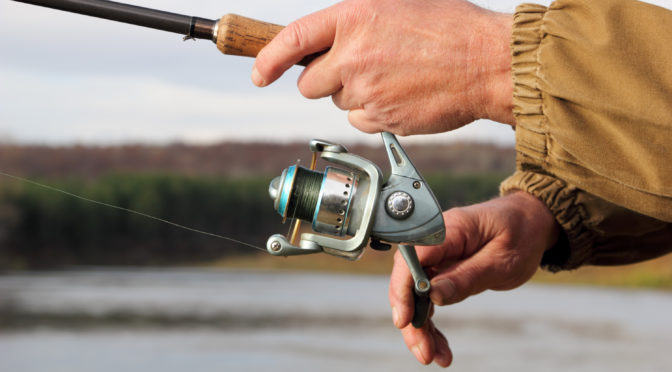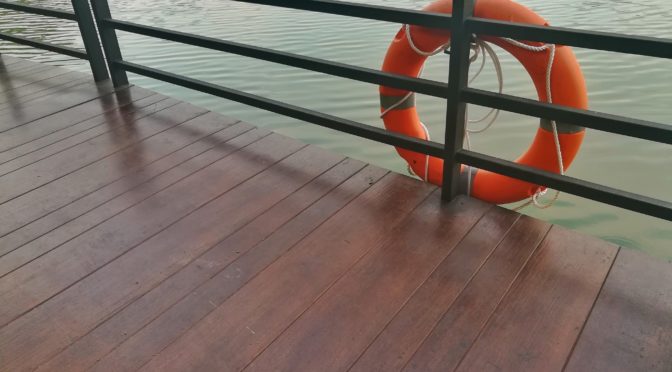When you’re in charge of a public dock, you want to make sure that visitors can enjoy their favorite waterfront activities in a safe and convenient way. That’s why the Accessibility Guidelines for the Americans with Disabilities Act (ADA) are so important. An ADA-compliant fishing pier gives everyone the chance to reel in a big catch!
ADA Checklist for Your Public Fishing Pier
Incorporating some practical features with your fishing pier design helps sites stay compliant with the ADA Accessibility Guidelines (ADAAG). A good place to start is with an accessible route to the fishing pier or platform entrance. It’s not enough to have ramps for the fishing area itself. Visitors must first be able to reach the site. This is the first item on the ADA Checklist for Existing Facilities. From there, you can begin to assess some of your other features, including:
- Gangway Slope and Length
- Transition Plates/Ramp Landings
- Handrails and Railings
- Clear Floor Space
- Edge Protection
If you don’t know what to watch for, following the guidelines can sometimes seem daunting. But when you’re working with an experienced team of dock builders, you’ll be able to include all of the ADA fishing pier features with a seamless design. You don’t have to figure out the details all on your own.
For example, dock builders can help confirm that the gangway slope is no more than 1:12. Or, they can work with you to redesign the route for a longer length. They can also help you add a transition plate and a landing, as needed, to make your fishing pier’s ramps more accessible. Paying attention to floating platform or pier movement from wind and waves is another key part of an ADA-compliant site, as this can affect the slope. You’ll also need to make sure you’re providing plenty of fishing opportunities with lowered railings. All of these details should be factored in to your overall design.
Fishing Pier ADA Guidelines for Railing Dispersion
The easiest thing to notice on an ADA-compliant fishing pier is probably the guards. The railings should include sections of a 34” maximum height to give easy fishing access to individuals in wheelchairs. We all want to have the right railings for casting our line, so you’ll need to measure appropriately.
When you look around your fishing pier, at least 25 percent of the handrails and guards in the fishing area need to be below that 34” height. To give enough variety for fishing, these sections should also be dispersed throughout the pier or platform. Different locations can offer varying water depth, shade, and vegetation. Some might be closer to the shoreline, and others could be farther away. That way, there will be lots of fishing choices for each visitor.
Public dock managers should also look at the clear space near these sections. There should be at least one maneuvering space of 30” by 48” inches for wheelchairs to easily turn around. That, plus a 2” curb or barrier will help keep these areas compliant. It takes a lot of measuring, but again, the right dock builders can work with you to get the job done.
Existing Dock Alterations vs. New Dock Builds
Your public fishing pier should be a safe and welcoming environment for people of all abilities. Knowing how to follow the ADAAG can help your community thrive. Whether you’re ready to upgrade your existing facility with an ADA fishing pier or platform, or you’re looking to build a ADA-compliant waterfront feature from the ground up, it always helps to have experience on your side.
Our crew at Deaton’s Waterfront Services is passionate about building docks and fishing piers that are up to code for all types of public waterfront sites. If you aren’t sure where to begin, feel free to give us a call at (317) 747-4933. Our service area covers Indiana, Illinois, Ohio, Kentucky, Tennessee, and Missouri. We’ve worked on a variety of ADAAG projects over the years, and we’d be happy to help you out too!


